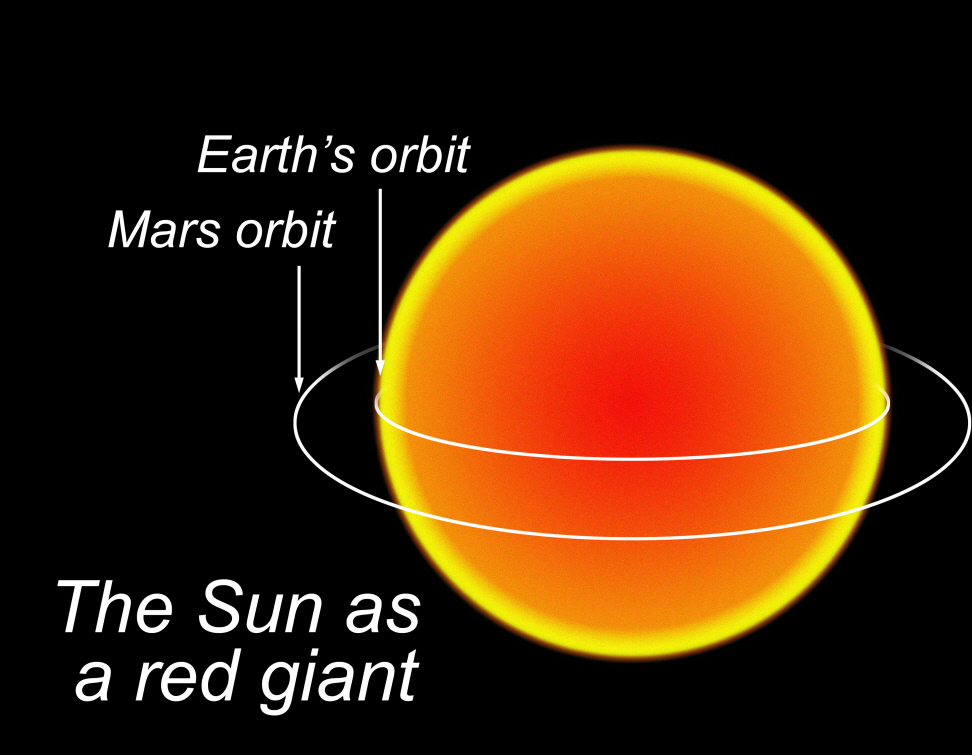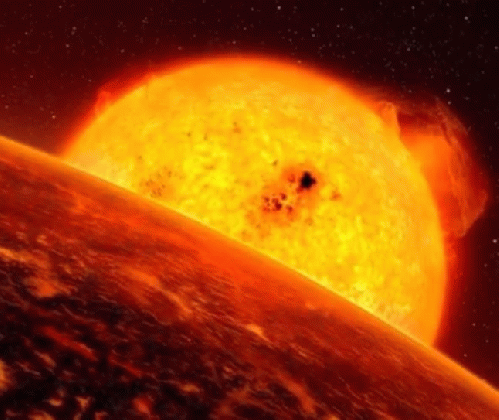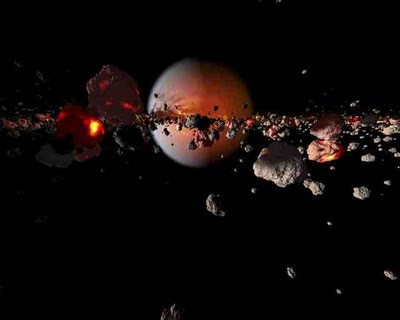

We all love a good doomsday theory, but never has one been so conceivably real. Based on current variables and conditions, scientists have produced some profound calculations which assert that our planet is in jeopardy.
Fortunately, the apocalypse won’t come for a few billion years.
The metamorpho
It has long been a supported theory that our Sun loses mass due to cool non-dusty solar winds stripping off matter. Indeed, scientists believe that our sun will lose so much mass over the next 5.42 billion years (which is the time needed for the depletion of core hydrogen to occur, at which point the and the red giant stage will begin) that the sun’s gravitatio
Such a change would allow Earth to drift harmlessly out into the solar system and avoid being consumed by our huge red giant sun. But it seems that theory may be incorrect.
A pair of astrophysi
Firstly, a brief reminder about the habitable zone: Having water in a liquid form is thought to be essential for life as we know it, and also a key element for the formation of stable atmosphere

Of course, there will be slight variations in the range of a star’s habitable zone, based upon a planet’s ability to reflect and absorb solar radiation which must be taken into account on a planet-by-
- The current HZ of our solar system is 0.95AU – 1.37AU.
- Once the Sun begins the Red Giant phase, the HZ will be 1.29AU – 1.86AU
- At peak Red Giant size, the habitable zone will be a staggering 49.4AU – 71.4AU
As you can see, if the Earth remained at 1AU from the Red Giant phase commencing

And the scientists assert that the effects of the cool non-dusty solar winds on the solar mass have been greatly overestima
The effects of this are pretty straight-f
During even the earliest stages of the red giant phase, the scientists assert that life would be impossible at this point on Earth, and it would get far worse.
As the Red Giant continues its expansion, it will devour Mercury and Venus – they cannot move away from the encroachin

It is theorized that, not long after this (several million years), the tidal force of the sun’s Chromosphe
In the final stage of the Red Giant expansion, the Earth will be pulled into a 200-year decreasing spiral orbit, which will destroy the planet as it descended through the layers of the red giant sun.
On a slightly more cheery note, it was calculated that an 8% increase in angular momentum upon Earth’s orbit would allow it to survive all the cataclysmi
From Quarks to Quasars is two people, Jaime and Jolene. We want to make the world a more sciencey place. We’re doing that, but with your help, we can do even more.
FQTQ takes a lot of time, money, and effort. Here, you can support us, get to know us, and access extra content: